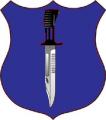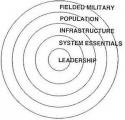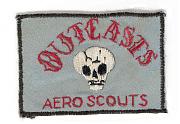I got this from Anthony H. Cordesman "lessons from the Lebanon," that Steve linked somewhere.• Vastly cheaper to use infantry and irregular forces than
conventional forces, progressively easier to given such forces more
advanced weapons.
There are two important point to my mind.
a.) The premise is, on one level, essentially correct, and extremely useful. - yet utterly misleading.
b.) I strongly suspect Cordesman has no idea why this is the case. He just felt it was. - otherwise he would have expressed it very differently.
There are real possibilities for "Infantry Centric" forces over "Classic Combined Arms."
The war in the Lebanon gave a nano-second snap shot of why.
IMO, this has nothing to do with "Irregular" or even "infantry" Forces, being "cheap." It's about leveraging resources for maximum benefit, and squeezing out capability from necessity.
Again, I feel this is what the USMC, "Distributed Ops" managed to get wrong, and the essential utility of examining such ideas has got lost on the "go light, SOCOM, wood-ninjas" groupie fan club, that is so in love with form over function.














 . If we go back to accountancy measures, you could take the cost of unit X and Unit Y, figure the difference to upgrade X to Y in terms of both material cost (purchasing equipment, etc.), training cost, training time (not usually included) and associated risk of not having unit Y during the time to retrain in terms of potential loss. That's only first order accounting
. If we go back to accountancy measures, you could take the cost of unit X and Unit Y, figure the difference to upgrade X to Y in terms of both material cost (purchasing equipment, etc.), training cost, training time (not usually included) and associated risk of not having unit Y during the time to retrain in terms of potential loss. That's only first order accounting 


Bookmarks